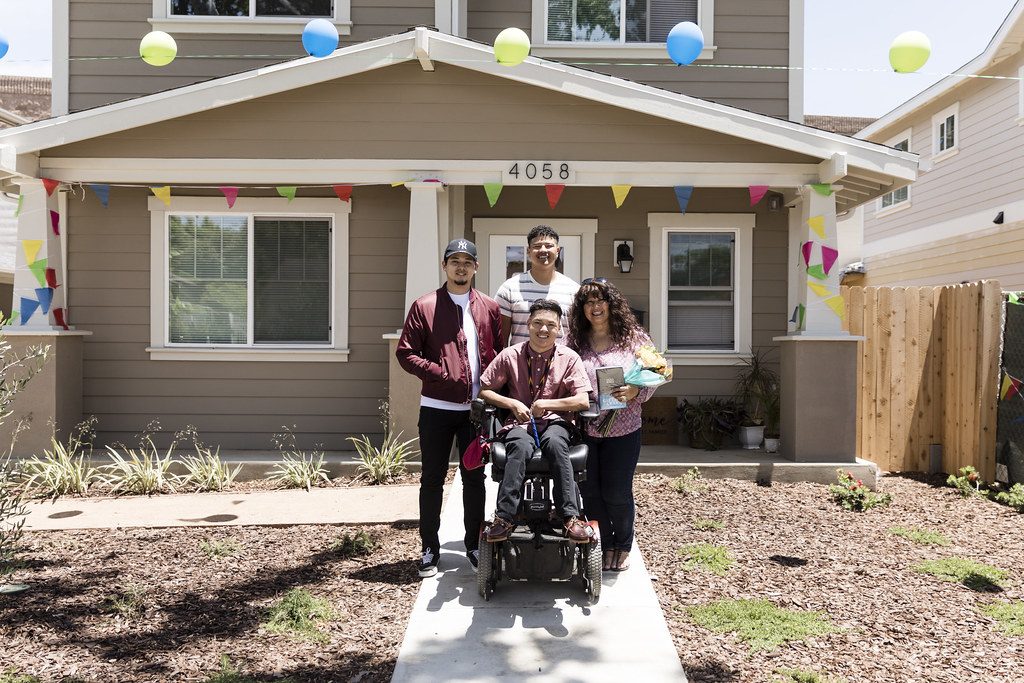How to Find the Best Deals and Secure Affordable Homeownership
Inexpensive Homeownership Options for First-Time Homebuyers
As the housing market remains to develop, novice property buyers deal with special difficulties in safeguarding affordable homeownership options. Numerous sources, including entitlement program programs, low-down-payment mortgages, and targeted gives, have actually emerged to reduce financial stress. These campaigns not just assist in homeownership however likewise foster community stability and financial development. Navigating these alternatives can be complicated, and understanding which pathways are most beneficial calls for cautious consideration. What techniques can prospective house owners use to optimize their chances in this landscape?
Government Assistance Programs
Entitlement program programs play an essential duty in making homeownership obtainable for numerous people and families. These programs intend to reduce the financial worry connected with acquiring a home, especially for new purchasers. By offering economic aid, grants, and tax obligation incentives, federal government efforts help bridge the space in between climbing housing costs and the purchasing power of prospective house owners.
Numerous programs are available at the federal, state, and regional degrees. For instance, the Federal Housing Management (FHA) provides insurance on lendings, permitting loan providers to use extra favorable terms, such as reduced down settlements and lowered rate of interest. In addition, state and neighborhood federal governments usually have their very own campaigns, which might consist of down payment support programs, property buyer education and learning programs, and positive home loan terms.
These programs are created to resolve the distinct difficulties dealt with by low- to moderate-income families, including restricted cost savings and credit rating. By fostering a setting where homeownership is much more easily accessible, federal government assistance programs not only support specific aspirations but likewise add to area security and financial development. Understanding and making use of these sources can substantially enhance the leads of successful homeownership.
Low-Down-Payment Mortgages
For numerous ambitious property owners, low-down-payment home mortgages provide a practical path to homeownership, specifically in today's difficult real estate market. These mortgage choices generally call for down payments varying from 3% to 5%, making it easier for newbie buyers to get in the market without the worry of conserving for a significant down repayment.
Various lenders supply low-down-payment programs, consisting of traditional fundings backed by Fannie Mae and Freddie Mac, as well as government-backed options like FHA fundings. These home mortgages are made to fit individuals with minimal cost savings while still supplying affordable interest rates. Significantly, they permit customers to retain more money for various other essential expenses, such as moving expenses, home examinations, and possible renovations.
However, potential house owners must bear in mind the compromises related to low-down-payment mortgages. A smaller deposit may lead to higher regular monthly settlements and the need of exclusive home mortgage insurance coverage (PMI), which secures lending institutions in instance of default. It is critical for new buyers to carry out extensive research study and consult with mortgage specialists, guaranteeing they choose a low-down-payment option that lines up with their long-term financial objectives.
First-Time Buyer Grants
Several first-time buyers discover that grants can dramatically alleviate the financial worry of buying a home, complementing low-down-payment home mortgage choices. These gives, commonly offered by state and city governments or non-profit companies, offer economic help that does not need repayment, making them an attractive alternative for those going into the real estate market.
Eligibility for first-time homebuyer gives typically depends on revenue, credit reliability, and the acquisition cost of the home. Many programs are designed to aid low- to moderate-income families, ensuring that support reaches those that need it most. The application process often involves paperwork of financial condition, homebuyer education and learning courses, and occasionally even a dedication to stay in the home for a specific duration.
The quantity of support differs extensively, with some grants supplying numerous thousand dollars to assist cover shutting costs or deposits. Looking into available grants in your location is essential, as programs frequently alter and may learn this here now have particular demands. By leveraging these economic sources, new homebuyers can make homeownership more easily accessible, inevitably attaining their dream of owning a home while minimizing the first economic pressure.
Cutting-edge Community Initiatives
Cutting-edge area campaigns are playing a crucial role in increasing economical homeownership options for residents. These initiatives often involve joint initiatives in between city governments, charitable organizations, and private sector stakeholders to develop sustainable housing remedies customized to neighborhood needs.
One remarkable technique is the establishment of community land trust funds (CLTs), which enable locals to purchase homes while the land remains possessed by the depend on. This model aids keep price gradually and stops speculative price rises. Furthermore, CLTs usually give instructional sources and assistance services to empower first-time property buyers.
One more reliable campaign is the advancement of mixed-income real estate jobs, which mix budget friendly devices with market-rate homes. This approach promotes inclusive neighborhoods and lowers the preconception commonly connected with low-income real estate. In addition, city governments are progressively sustaining zoning reforms to help with the building and construction of accessory home systems (ADUs), which can offer added rental earnings for property owners while enhancing housing accessibility.

Tips for Budgeting and Saving

Next, develop a devoted interest-bearing account specifically for your future home purchase. Purpose to save a percent of your income regularly, preferably 20% or even more, to build a considerable down settlement. Utilize automation tools, such as direct down payment or automated transfers, to make conserving simpler and a lot more regular.
Additionally, think about embracing the 50/30/20 rule: allocate 50% of your revenue to demands, 30% to desires, and 20% to financial savings and financial debt payment - Affordable Homeownership. This technique advertises balanced monetary health and wellness

Conclusion
In summary, economical homeownership choices for new homebuyers include various sources such as government aid programs, low-down-payment home mortgages, and grants. By leveraging these economic devices, individuals can navigate the complexities of homeownership, eventually adding to an extra equitable housing landscape.
As the real estate market proceeds to evolve, new homebuyers deal with one-of-a-kind challenges in securing budget friendly homeownership options. By fostering an environment where Related Site homeownership is more obtainable, government support programs not only sustain specific ambitions but also add to neighborhood stability and economic development. By leveraging these monetary resources, new property buyers can make homeownership much more accessible, eventually achieving their dream of having a home while reducing the initial economic strain.
In recap, cost effective homeownership choices for first-time buyers include numerous sources such as government aid programs, low-down-payment home loans, and grants. By leveraging these monetary tools, people can navigate the intricacies of homeownership, eventually contributing to a much more equitable real estate landscape.